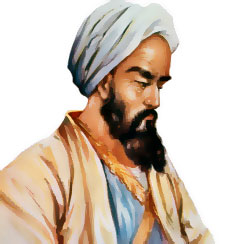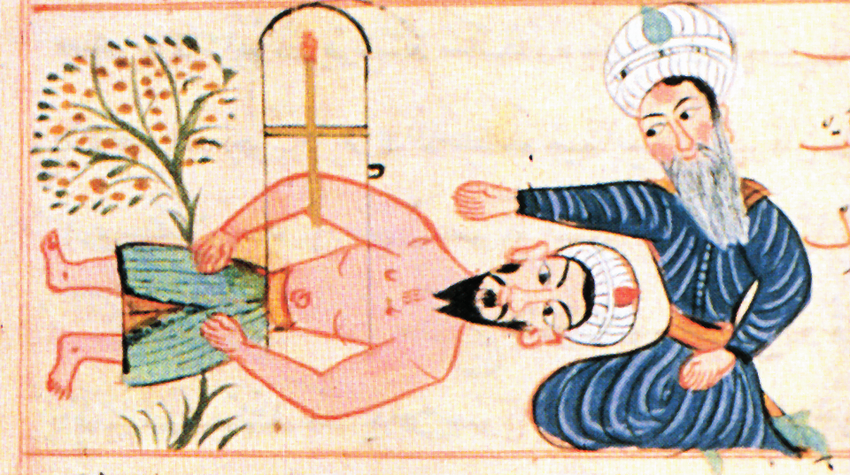As the world prepares to celebrate Eid al-Fitr, it’s important to recognize the significant contributions that Muslim scholars and physicians have made to the field of Phlebology. Phlebology is the medical specialty that deals with the diagnosis and treatment of disorders related to veins. Muslim scholars and physicians have played an important role in advancing the understanding and treatment of venous disorders for centuries.

One of the most notable figures in the history of Phlebology is Ibn Sina (Avicenna), a Persian polymath who lived in the Islamic Golden Age (980-1037). Ibn Sina wrote extensively on the treatment of varicose veins, describing the use of compression therapy and recommending surgery for severe cases. His work, “The Canon of Medicine,” was widely influential and translated into Latin and other languages, contributing to the development of medical knowledge in Europe.

Another important figure in the history of Phlebology is Ibn Zuhr (Avenzoar), a 12th-century Andalusian physician who described a surgical procedure for treating varicose veins. His technique involved making small incisions in the affected veins and using a small hook to remove the diseased tissue.

Al-Razi (Rhazes), a renowned physician from the 10th century, also wrote about the symptoms and treatment of varicose veins. He recommended exercise, massage, and herbal remedies for mild cases, and surgery for more severe cases.

In the Ottoman Empire, the practice of Hijama (cupping therapy) was used to treat various ailments, including venous disorders. Cupping therapy involved creating a vacuum in a cup placed on the skin, drawing blood to the surface and improving circulation.

In the 19th century, the Egyptian physician Ahmed Zaki Bey developed a surgical technique for the treatment of varicose veins. His method involved making small incisions in the vein and removing the diseased tissue using a wire loop.
These Muslim scholars and physicians contributed significantly to the development of Phlebology, paving the way for modern understanding and treatment of venous disorders. Their work demonstrates the critical role that Muslims have played in advancing medical knowledge and improving healthcare outcomes.
As Muslims around the world celebrate Eid al-Fitr, it is important to recognize the rich history and contributions of Muslim scholars and physicians to the field of Phlebology. From Avicenna to Ahmed Zaki Bey, Muslim thinkers, and healers have played a critical role in advancing the diagnosis and treatment of venous disorders. Their groundbreaking work continues to inspire and guide modern practitioners, and we can all take pride in their achievements. As we gather with family and friends to celebrate this joyous occasion, let us also take a moment to celebrate the enduring legacy of Muslim scholars and physicians in Phlebology, and the remarkable impact they have had on the world of medicine. Eid Mubarak to all!
